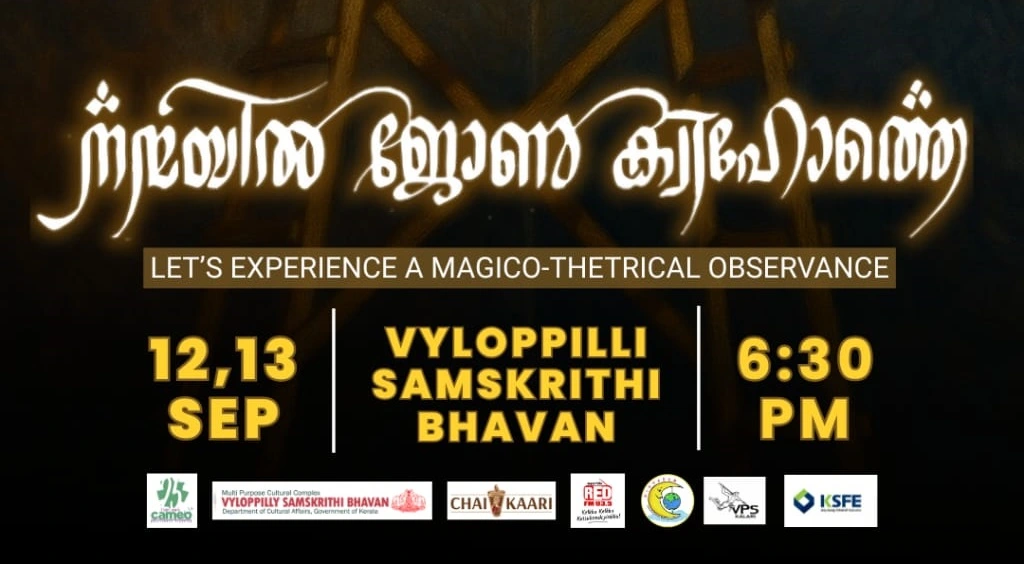Pop culture. The ever-evolving reflection of our society, a vibrant tapestry woven from music, movies, trends, and memes. It’s the shared experience that binds generations, fuels conversations, and shapes our identities. Understanding pop culture is crucial for marketers, creators, and anyone seeking to understand the zeitgeist. But what exactly is pop culture, and why is it so important? Let’s dive in.
Defining Pop Culture: More Than Just Trends
Pop culture, short for popular culture, encompasses the widely disseminated and consumed ideas, perspectives, attitudes, images, and other phenomena that are dominant within a society at a given time. It’s the product of mass media and the tastes of the general public, constantly shifting and reflecting the current social climate.
Key Characteristics of Pop Culture
- Widespread Accessibility: Pop culture is readily available and accessible to the masses through various mediums like television, the internet, music, and film.
- Constant Evolution: What’s “in” today might be “out” tomorrow. Trends are fleeting, and pop culture is in a state of perpetual change. Think of the rise and fall of different music genres or the evolution of fashion trends.
- Reflection of Society: Pop culture often mirrors the values, beliefs, and anxieties of a society. From the themes explored in popular movies to the messages conveyed in hit songs, pop culture offers a window into the collective consciousness.
- Mass Appeal: It aims to appeal to a broad audience, often transcending age, socioeconomic status, and geographic location.
Distinguishing Pop Culture from High Culture
It’s important to differentiate pop culture from “high culture,” which typically refers to more intellectual or elite forms of art and entertainment, such as classical music, opera, and avant-garde literature. While high culture often caters to a niche audience, pop culture aims for mass appeal. Think of the difference between attending a performance of Shakespeare versus watching the latest Marvel movie.
The Power of Influence: How Pop Culture Shapes Us
Pop culture is not just a passive form of entertainment; it’s an active force that shapes our perceptions, behaviors, and identities. Its influence extends far beyond entertainment, impacting everything from fashion choices to political discourse.
Impact on Identity and Self-Expression
- Formation of Identity: Individuals often find role models and inspiration within pop culture, using it to shape their own identities and sense of belonging. For example, teenagers may emulate the fashion styles or attitudes of their favorite celebrities.
- Self-Expression: Pop culture provides avenues for self-expression through fashion, music, art, and participation in online communities. Think of the rise of cosplay, where fans dress up as their favorite characters, or the use of social media platforms to share creative content.
Shaping Societal Norms and Values
- Social Commentary: Pop culture can act as a powerful tool for social commentary, addressing important issues like inequality, climate change, and political polarization. Think of documentaries that raise awareness about environmental issues or songs that protest social injustice.
- Influencing Attitudes: Movies, television shows, and music can subtly influence our attitudes and beliefs about various topics, from relationships to careers. This influence can be both positive and negative, depending on the content. Consider how the portrayal of different professions in popular television shows can impact career aspirations.
Examples of Pop Culture Impact
- The “Friends” Effect: The popular sitcom “Friends” significantly influenced fashion trends and relationship expectations in the 1990s. The show’s portrayal of close-knit friendships became a cultural touchstone.
- The Harry Potter Phenomenon: The Harry Potter series sparked a global reading craze and fostered a sense of community among fans of all ages. The books also explored themes of good versus evil and the importance of friendship and acceptance.
The Business of Pop Culture: Monetizing Trends
Pop culture is big business. Companies invest heavily in creating and promoting pop culture products, from movies and music to merchandise and experiences. Understanding the dynamics of the pop culture market is crucial for success.
Marketing and Branding
- Leveraging Trends: Savvy marketers capitalize on current pop culture trends to promote their products and services. This can involve using popular memes in advertising campaigns or partnering with influencers who resonate with a specific target audience.
- Brand Integration: Pop culture often integrates with brands, creating mutually beneficial relationships. For example, a movie might feature a specific brand of car or a musician might endorse a particular clothing line.
The Role of Social Media
- Amplifying Trends: Social media platforms like TikTok, Instagram, and Twitter play a crucial role in amplifying pop culture trends and creating viral moments. Trends can spread rapidly across these platforms, influencing everything from fashion to food.
- Direct Engagement: Social media allows celebrities and brands to directly engage with their audiences, fostering a sense of community and loyalty. This direct engagement can be a powerful tool for building brand awareness and driving sales.
Examples of Successful Pop Culture Marketing
- Old Spice’s “The Man Your Man Could Smell Like” Campaign: This viral marketing campaign leveraged humor and absurdity to create a memorable and highly effective advertisement.
- Red Bull’s Extreme Sports Sponsorships: Red Bull has successfully associated its brand with extreme sports and adventure, creating a distinct brand identity and appealing to a specific target audience.
Navigating the Ever-Changing Landscape: Staying Ahead of the Curve
Pop culture is constantly evolving, so it’s essential to stay informed and adapt to new trends. Here are some tips for navigating the ever-changing landscape.
Following Trends
- Stay Informed: Read industry news, follow influential bloggers and social media accounts, and pay attention to what’s trending online. Tools like Google Trends can help you track the popularity of different topics and search terms.
- Engage with Content: Actively participate in online communities and discussions related to pop culture. This will help you gain a deeper understanding of the trends and the audiences that are driving them.
Understanding Your Audience
- Demographic Analysis: Understand the demographics of your target audience, including their age, interests, and social media habits.
- Listen to Feedback: Pay attention to feedback from your audience and use it to inform your content strategy. Conduct surveys, monitor social media comments, and engage in conversations with your followers.
Adapting to Change
- Be Flexible: Be willing to adapt your strategy as new trends emerge and old trends fade away. Don’t be afraid to experiment with new formats and platforms.
- Embrace Innovation: Embrace new technologies and platforms that are shaping the future of pop culture. Virtual reality, augmented reality, and the metaverse are all emerging technologies that have the potential to transform the way we consume entertainment.
Conclusion
Pop culture is a powerful force that shapes our society, influences our identities, and drives the economy. By understanding its dynamics and staying ahead of the curve, you can leverage its influence to achieve your goals, whether you’re a marketer, a creator, or simply someone who wants to stay informed. Embrace the ever-evolving world of pop culture, and you’ll gain a valuable perspective on the world around you. Stay curious, stay engaged, and stay relevant!




